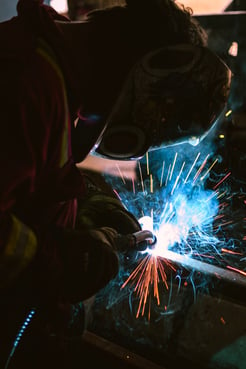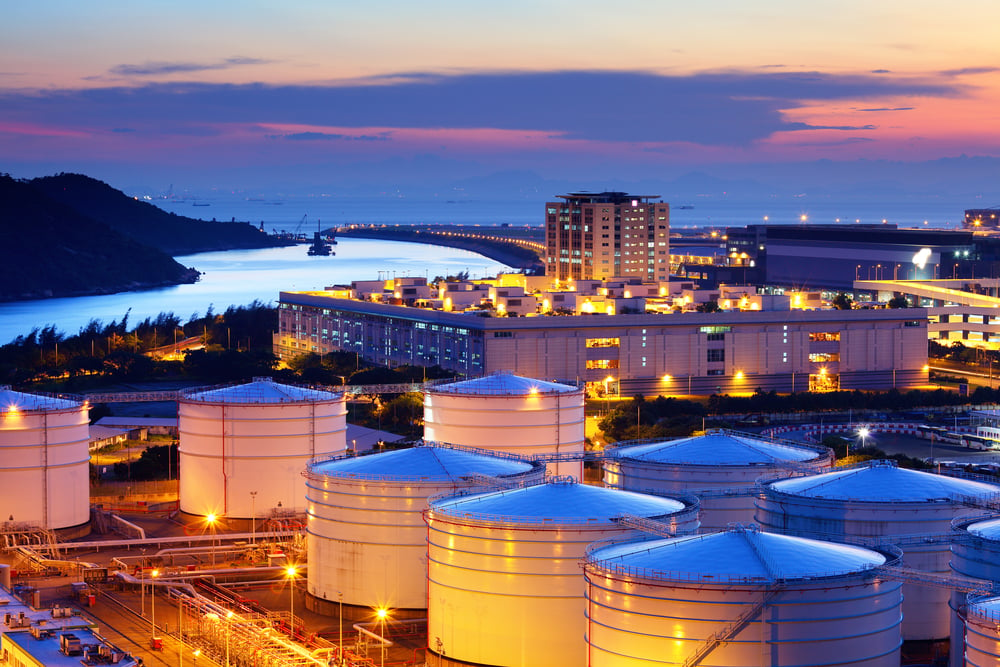Exploring the Different Types of Pipeline Cracks
Pipeline safety is always a crucial subject and is at the center of a dispute in the past month between the state of Michigan and a Canadian pipeline company. The Calgary-based Enbridge’s Line 5, which transports up to 540,000 barrels of natural gas liquids and crude oil, under the Great Lakes and across Michigan each day was ordered shut down on May 12 by Michigan Gov. Gretchen Whitmer due to safety concerns of the aging infrastructure.
Built in 1953, Line 5 is part of Enbridge’s mainline system which carries fuel from Alberta’s oil sands to Eastern Canada and the U.S. Midwest. The pipeline, which runs from Superior, Wisc. To Sarnia, Ontario is key for region refineries to get gas, propane, and home-heating oil to market, as well as supply jet fuel to Toronto and Detroit area airports.
Previous Pipeline Rupture Due to Cracks at Issue
At issue is the damage a spill could cause, especially where Line 5 splits into dual pipelines and runs for 4.5 miles under Michigan’s Straits of Mackinac where Lake Huron meets Lake Michigan. Michigan watched in 2010 as Enrbridge’s Line 6B pipeline ruptured and leaked 20,000 barrels of oil over 17 hours into a tributary of the Kalamazoo River in Michigan.
Ultimately the National Transportation Safety Board (NTSB) found that the spill, one of the largest and costliest (at $800+ million) inland oil spills in U.S. history, was caused by multiple corrosion cracks in the pipeline not being fixed.
The NTSB found that multiple small corrosion-fatigue cracks along the 30-inch diameter pipeline grew over time and then linked together, ultimately creating an 80-inch-long breach that ruptured.
When it comes to pipelines there are many different types of corrosion cracks and other crack-like anomalies that can develop along sections of pipeline.
Weld Cracking: Hot Cracking vs. Cold Cracking
Cracks, especially in weld joints, can have serious consequences.
“Weld cracking is one of the main failure modes in oil and gas (O & G) pipelines. Cracks are the most severe of all weld defects and are unacceptable in most circumstances. A simple existing defect on the pipeline after welding can generate a catastrophic fracture,” wrote Christopher T. Mgonja in the International Journal of Engineering Trends and Technology.
Circumferential cracks in girth welds are often broken down into “hot cracking” and “cold cracking:
Hot cracking (also known as hot tearing, hot shortness, or centerline cracking) occurs as the weld takes place. Hot cracking is influenced by low melting-temperature impurities which can cause an inadequate supply of liquid metal at the solidification front; shrinkage stress across the solidifying weld; and susceptible weld size.
Cold cracking (also known as delayed cracking, hydrogen cracking or hydrogen-induced cold cracking) is considered more serious than hot cracking because the cracks do not appear until hours, or even days, after the weld when the pipe may already be in service. Cold cracking occurs with a combination of susceptible metal microstructure, diffusible hydrogen and stress.
Stress Corrosion Cracking (SCC) in Pipelines
Stress corrosion cracking (SCC) is a form of Environmental Assisted Cracking (EAC). EAC describes all types of cracking in pipeline that is influenced by the environment and stress. In a pipeline environment when water meets steel there is potential for the minerals and gases to create an initial corrosion site that is acted on by stresses that result in crack growth.
Contributing factors to crack growth are:
- Residual stresses
- Temperature
- Load stress
- Bending
- Local stresses.
Note, if there is no stress then crack growth will not occur, and the result will be general wall thinning or pitting through corrosion.
SCC typically occurs where peak stress in the pipeline is axial and environmental conditions are right. Two main types of SCC are High pH SCC and Near-Neutral pH SCC:
High pH Stress Corrosion Cracking (SCC): This type of cracking occurs on external pipe surfaces such as locations of coating disbanding. Pipeline cracks are formed in colonies aligned axially. Factors contributing to the initiation and growth of this type of cracking includes high stress, pressure cycling, and development of a carbonate-bicarbonate environment.
Near-neutral pH Stress Corrosion Cracking (SCC): This type of cracking occurs in freely corroding conditions. The cracking is trans granular in nature, propagating through pipe wall thickness. Telltale signs are wider cracks with corroded crack walls and filled with corrosion products. This cracking can often be found in high latitudes with marked seasonal changes in soil carbon dioxide content.
A third type of SCC is “sour cracking” – cracking introduced by “sour environments” that can lead Hydrogen-Induced Cracking (HIC) and Sulfide Stress Corrosion Cracking (SSCC).
Other Type of Pipeline Cracks Found on Inspection
Other type of pipeline cracks that can be found on inspection include fatigue cracks, hook cracks and toe cracks:
Fatigue Cracks: This type of cracking is associated with dents, seam weld flaws and other areas of stress concentration. Fatigue cracks grow in response to pressure cycling or stress and are aligned at right angles to the principal stress. A growing crack tip or initiating defect will be the point where stress concentration occurs with characteristic “benchmarks” sometimes displayed at crack growth stages.
Hook Cracks: Hook cracks, named for their hook pattern, occur in combination with non-metallic inclusions or laminations in the edges of the strip used for ERW welds.
Toe Cracks: The toes of fusion welds can also develop cold cracking because of microstructures present in the heat affected zone, the non-melted area of metal that has undergone changes in material properties as a result of being exposed to high temperatures.
In-line inspections are a major part of pipeline crack management. Contact GeoCorr today to find out how our pipeline inspection technologies can help your company meet any challenge.


